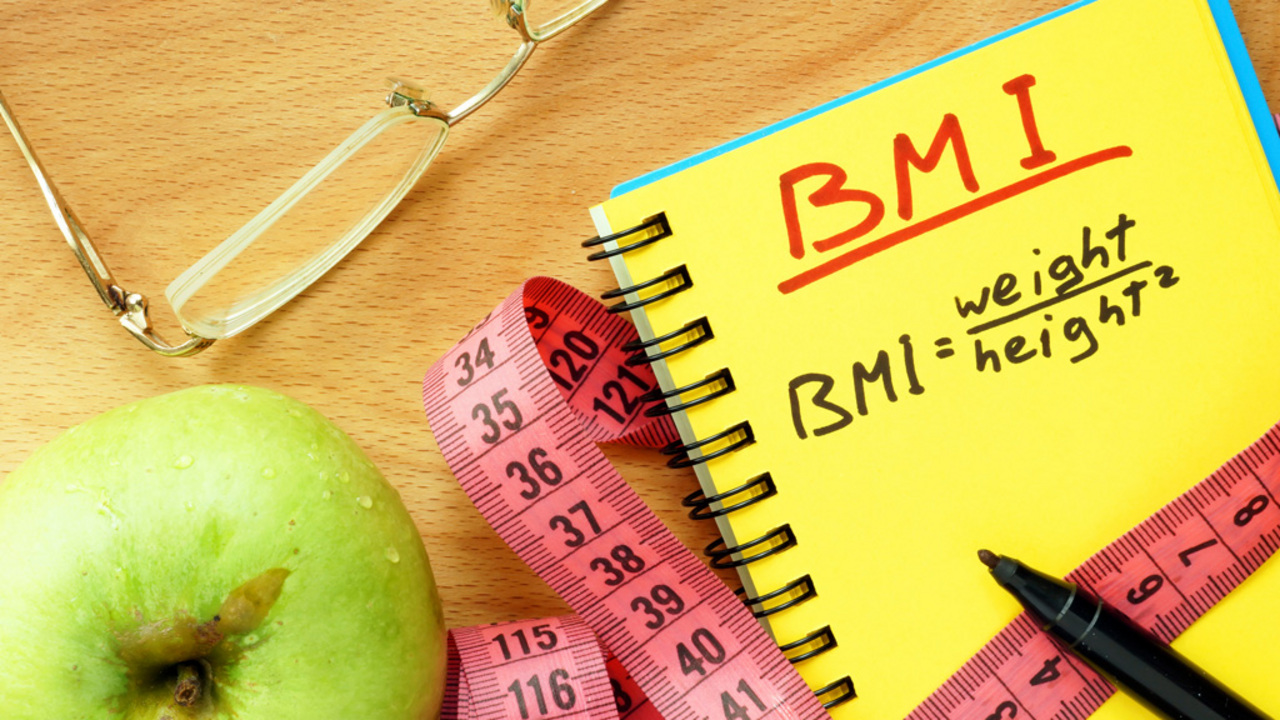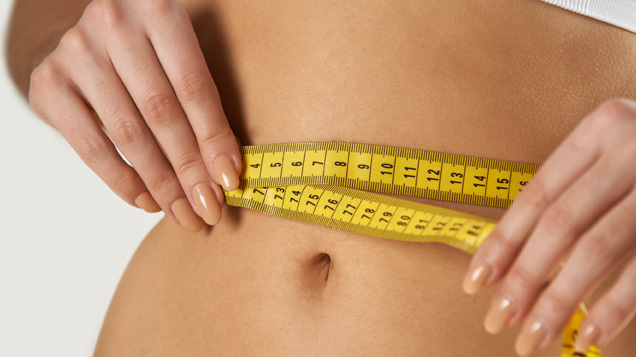

Mon, 25 July 2016

Despite the different fads over the years, an 'hourglass' figure has long been considered healthier, as is the pear-shaped figure, where people carry most of their excess body fat on their hips, buttocks and thighs.
‘Hourglass’ generally means that the bust and hips are the same size and the waist is well-defined and smaller. The reason these shapes are healthier is because fat is not being stored around the stomach area.
Carrying excess fat around the waist can mean you are more likely to develop diabetes, heart disease and suffer a stroke or high blood pressure. This is because the fat is also being stored internally around the body’s vital organs.
Your waist size is an important indicator of your health: you can follow the simple steps below to find out your waist health.

How to measure your waist
Step 1 - Measure your waist
- Stand with your feet apart.
- Take a tape measure and wrap it snugly under your clothes around the smallest part of your waist. This should be halfway between the top of your hip bone and the bottom of your ribs. Measure at the end of a normal breath.
- Record the number in centimetres/inches.
A woman's waist should be no more than 32" (80cm) while a man's should be no greater than 37" (94cm). Anything above this means you have an increased risk of heart disease. That risk increases substantially if a woman's waist is greater than 35" (88cm) or a man's is more than 40" (102cm).
|
Gender |
Waist measurement |
Health Risk |
|
Female |
>80cm (32") |
Increased health risk |
|
>88cm (35") |
Substantial health risk |
|
|
Male |
>94cm (37") |
Increased health risk |
|
>102cm (40") |
Substantial health risk |
Step 2 - Measure your hips
- Measure around the widest part of your hips.
- Make the tape measure snug but not tight. This is best done without clothing.
- Record the number in centimetres/inches.
Step 3 - Calculate
You now need to divide your waist measurement (Step 1) by your hip measurement (Step 2) and this will give you your waist-to-hip measurement. You can now compare your result to the grid below to find out if you have any health risk.
|
Gender |
Waist measurement |
Health Risk |
|
Female |
<0.80 |
Low |
|
0.81 - 0.85 |
Medium |
|
|
<0.85 |
High |
|
|
Male |
<0.95 |
Low |
|
0.95 - 1.0 |
Medium |
|
|
>1.0 |
High |
The BMI is the easiest way of finding out if your weight is healthy in comparison with your height. It is a useful method of determining whether you are at normal weight, overweight or obese. It is easy to do and can be worked out using a mathematical formula or chart.
How to calculate your BMI
- Weigh yourself in the morning, bladder empty, before your breakfast in minimal clothing and in bare feet. Record your weight in kg (1kg = 2.2lb).
- Take your height by standing tall against a wall in bare feet, look straight ahead and have your heels against the wall. Get someone to hold a ruler over your head and mark a line with a pencil on the wall. Finally, measure the height with the tape measure in metres.
Formula for BMI = weight (kg) / height (m2)
|
BMI |
Health Level |
Health Risks |
|
<18.5 |
Under weight |
Health problems, such as infertility and possible osteoperosis |
|
18.5 - 24.9 |
Healthy and normal |
|
|
25.0 - 29.9 |
Overweight |
|
|
30.0 - 35.0 |
Obese |
Increased risk of diabetes, high blood pressure, heart disease and stroke |
Note: BMI is a guideline for the general population but cannot distinguish between fat and muscle, nor can it take into account frame size. It is not applicable to sports people, children, pregnant women and the elderly.
The material in this site is intended to be of general informational use and is not intended to constitute medical advice, probable diagnosis, or recommended treatments. Please contact your GP for personal advice.